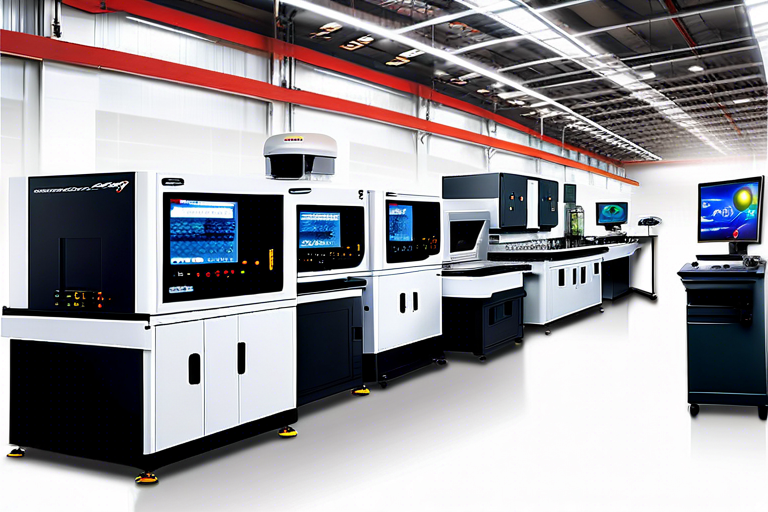In the rapidly evolving world of electronics manufacturing, the SMT machine stands as a cornerstone of precision and efficiency. This article delves into the intricacies of SMT machines, their applications, benefits, and the future of surface mount technology in the industry.

Einführung in SMT-Maschinen
SMT, or Surface Mount Technology, is a method for mounting electronic components directly onto the surface of printed circuit boards (PCBs). The SMT machine is the backbone of this process, offering a high-speed, automated solution for assembling PCBs with surface-mount components. These machines have revolutionized the electronics manufacturing industry by increasing production speed, reducing costs, and improving the reliability of electronic devices.
Key Features and Functions of SMT Machines
One of the critical aspects of SMT machines is their ability to place components with extreme precision. High-precision placement ensures that components are correctly aligned and make proper contact with the PCB pads, which is crucial for the performance and longevity of the final product.
SMT machines are designed to work at a rapid pace, placing components at a rate that far surpasses manual assembly methods. This speed is achieved through the use of advanced vision systems and high-speed placement heads, which allow for quick and accurate placement of a wide variety of components.
Another significant advantage of SMT machines is their versatility. These machines can handle a wide range of component sizes and types, from small passive components to large integrated circuits. This versatility allows manufacturers to use a single machine for multiple projects, reducing the need for specialized equipment and lowering costs.
The Impact of SMT Machines on the Electronics Industry
SMT machines have had a profound impact on the electronics industry. By automating the assembly process, they have enabled manufacturers to produce electronic devices at a scale and speed that was previously unattainable. This has led to a significant reduction in production costs and has allowed for the development of more complex and compact electronic devices. Furthermore, the increased precision and reliability of SMT machines have improved the overall quality of electronic products, leading to fewer defects and longer product lifespans.
Future Trends in SMT Technology
As technology continues to advance, so too does the field of SMT. Future trends include the development of even faster and more precise placement machines, the integration of advanced robotics for automated handling of PCBs, and the use of machine learning algorithms to optimize the assembly process. These advancements promise to further streamline production, reduce costs, and enhance the capabilities of electronic devices.
In conclusion, SMT machines are an essential component of modern electronics manufacturing. Their ability to place components with speed, accuracy, and versatility has transformed the industry, enabling the production of high-quality electronic devices at unprecedented scales. As technology continues to evolve, the role of SMT machines in electronics manufacturing will only become more critical, driving innovation and efficiency in the production of tomorrow’s electronic devices.
